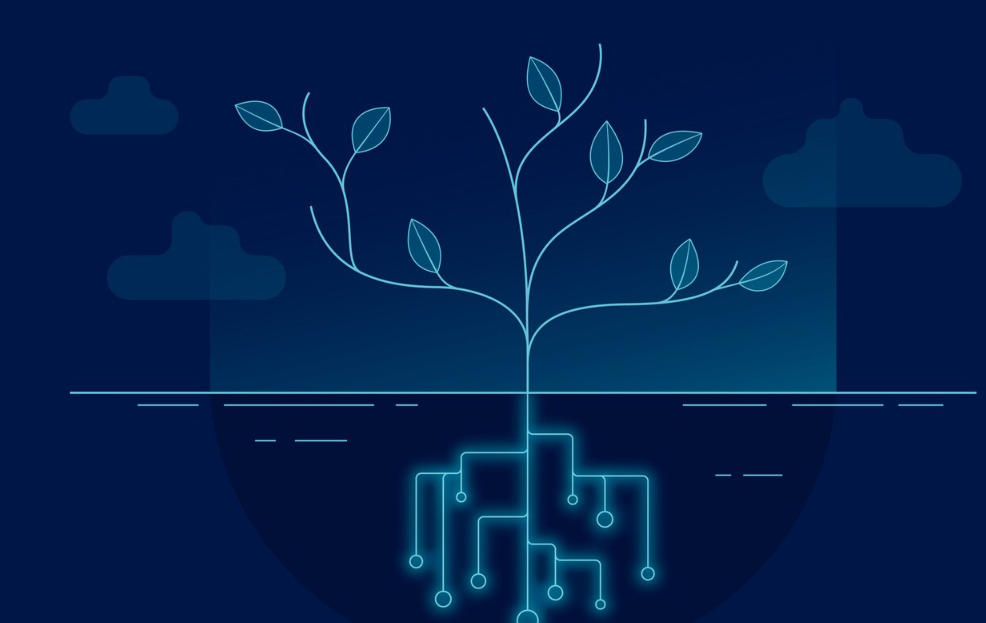In an era where minimalism and flat design dominate the digital landscape, a curious trend has emerged in pockets of the design world: retrofuturism. This aesthetic—rooted in the past’s vision of the future—is finding its way into modern user interfaces, from websites and apps to operating systems and even video games. But why are designers looking backward to move forward?
What Is Retrofuturism?
Retrofuturism is a creative style that blends futuristic visions from the past with contemporary technology. Think of how people in the 1950s imagined flying cars, robotic assistants, and sleek metallic cities. These visions, often optimistic or dramatically stylized, shape a world that never came to be—yet still captivates the imagination.
In interface design, retrofuturism brings in elements like:
- Neon color palettes
- Monospace or pixelated fonts
- Analog-style switches and dials
- Grid layouts reminiscent of old command lines
- Metallic textures, gradients, and skeuomorphic details
Why Retrofuturism Now?
1. Nostalgia in the Digital Age
As digital natives long for more tactile, tangible experiences, retrofuturism offers a sense of warmth and familiarity. It reconnects users with the excitement of early computing, arcade games, and sci-fi fantasies.
2. Rebellion Against Flat Design
After years of clean, flat, and often sterile UI trends, designers are craving more expressive, character-rich visuals. Retrofuturism offers an alternative to the monotony of sameness in modern digital interfaces.
3. Storytelling Potential
Retrofuturistic interfaces often come with built-in narrative. They evoke imagined worlds—spaceships, cyberpunk cities, control panels for time machines—which can create more immersive user experiences. This is especially popular in indie games and experimental web projects.
Where It’s Showing Up
- Web Design: Websites with 1980s-style VHS aesthetics, synthwave-inspired visuals, and animated grids.
- Apps: Music players that mimic cassette decks or vinyl turntables, terminals with green-on-black CRT-style fonts.
- Games: UIs that replicate old operating systems (like DOS or Amiga), or feature mock sci-fi HUDs.
- Wearables & Devices: Smartwatches with analog-inspired watch faces, retro-themed smartwatch apps.
Design Principles of Retrofuturism
While the look is stylized, successful retrofuturistic interfaces follow thoughtful design principles:
- Usability remains core: Function isn’t sacrificed for style.
- Consistency of theme: Visual and interactive elements stick to the retrofuturistic world.
- Hybrid design logic: Mix analog inspiration (like knobs and switches) with modern interaction patterns (like swipe or tap).
Risks and Challenges
- Overdesign: It’s easy to go overboard, making interfaces clunky or confusing.
- Accessibility: Some retro designs may reduce readability or contrast, especially for users with visual impairments.
- Niche appeal: Not every user connects with the aesthetic. It’s often better suited for targeted experiences, not universal tools.
The Future of Yesterday, Today
Retrofuturism in interface design is more than an aesthetic choice—it’s a commentary on our relationship with technology. It reminds us of the dreams we had for the future, and invites us to reconsider how human, creative, and even whimsical our digital experiences can be.
As technology accelerates, looking back can help us move forward—not just by mining nostalgia, but by imagining alternate futures rooted in creativity rather than efficiency alone.


